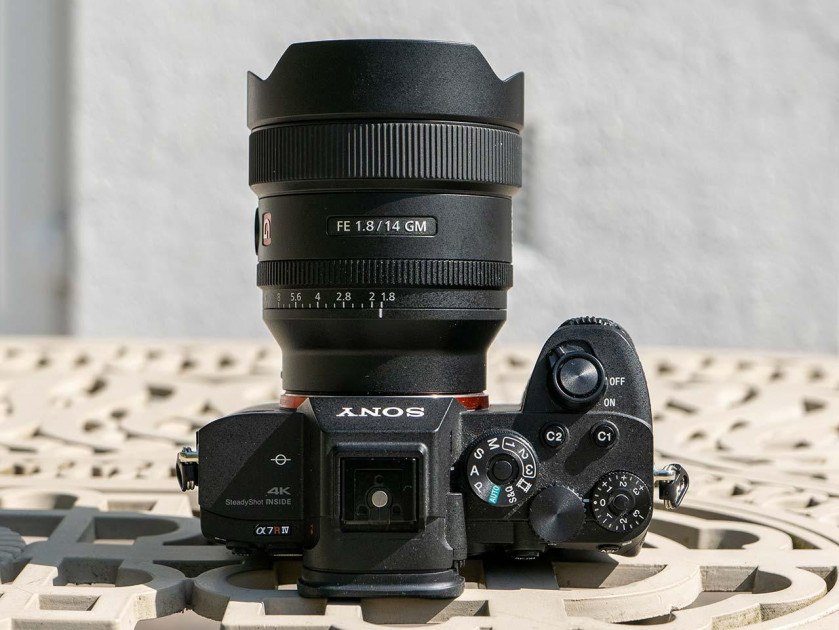Introduction
The Fujifilm XF 18mm F1.4 R LM WR is a fast wide-angle prime lens for Fujifilm’s X-series range of APS-C format mirrorless cameras.
It joins the slower XF 18mm F2 pancake lens in the range, which was first released back in 2012.
The Fuji 18mm provides a focal length similar to that of a 27mm optic in a 35mm full-frame system, making it a classic landscape and street photography prime lens.
It has an optical formula comprised of 15 elements in 9 groups including three aspherical elements and one ED element.
Key features include built-in weather-resistance, a physical aperture ring complete with markings and an A (Auto) Position Lock, and a minimum focusing distance of 20cm.
There’s also an iris diaphragm with nine rounded blades, Fuji’s proprietary HT-EBC Coating to reduce lens flare and ghosting, a powerful linear motor for quick AF response, and a metal mount and focusing ring.
The Fujifilm XF 18mm F1.4 R LM WR lens is available in black only priced at £879 / $999 in the UK and the US, respectively, which is similar to the 16mm and 23mm F1.4 lenses.
Ease of Use
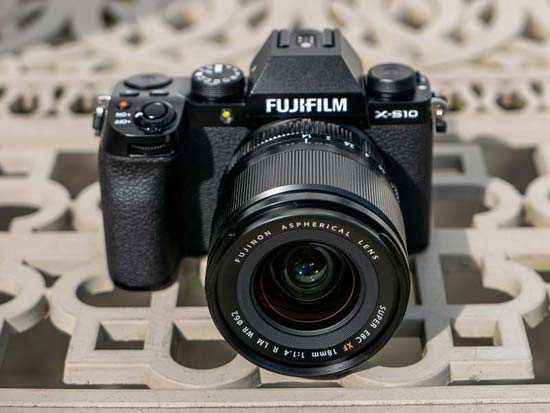
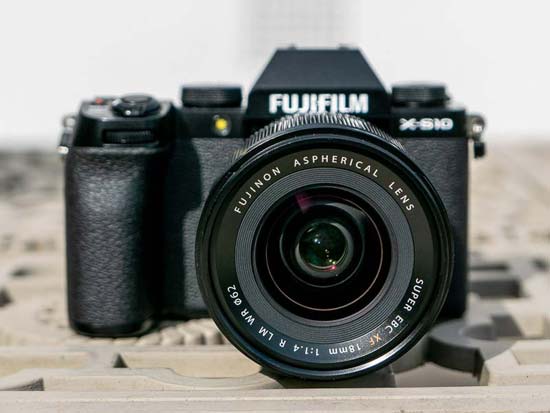
The XF 18mm F1.4 is a much larger lens than the 18mm F2 pancake due to having a one-stop faster maximum aperture, a more complicated optical construction and built-in weather resistance.
That’s not to say that is a big and heavy lens though – weighing 370g and measuring 68.8mm x 75.6mm with a perfectly reasonable 62mm filter size, it’s still relatively small and light enough to feel well-balanced even on the X-S10 camera that we tested it with, which is one of the smaller X-series bodies.
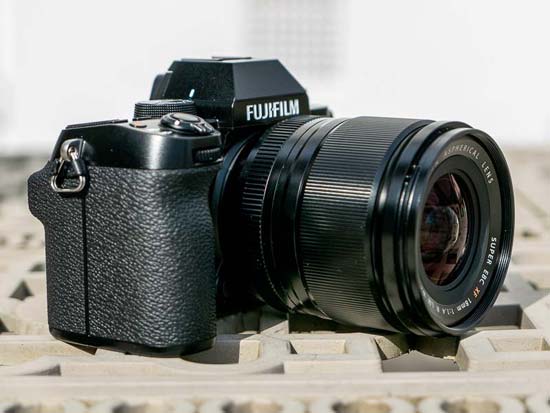

The new 18mm is very similar to the 16mm, 23mm and 35mm f/1.4 lenses – together they would make a great set of F1.4 primes, although some people may prefer just having the 16mm and not bothering with the 18mm, or vice versa.
Weather-resistance has been built-in to the 18mm F1.4 lens at eight different locations to help protect it against water and dust and allow it to fully operate in temperatures down to -10°C (14°F).
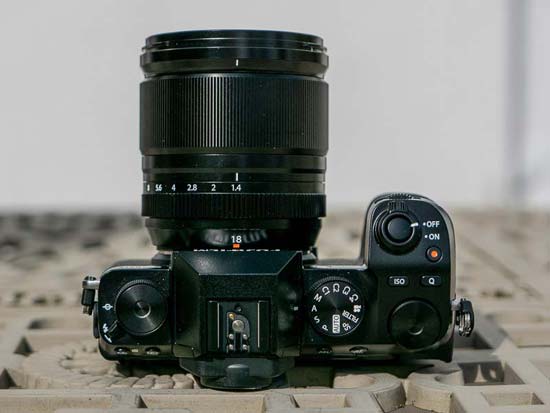
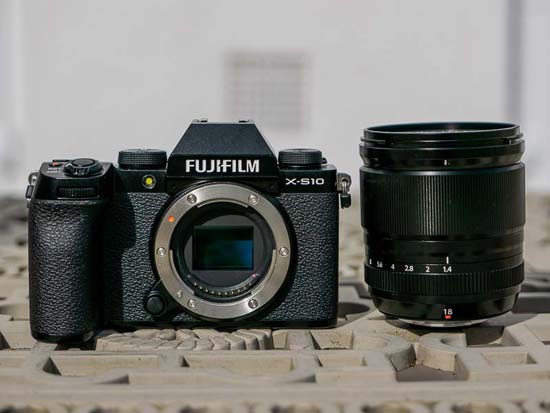
It complements the relatively new Fujifilm X-S10 camera that we tested it with very well, forming a well-balanced and lightweight package and more than matching the body in terms of its build quality.
The Fujifilm 18mm lens boasts a metal mount and focusing and aperture rings, metal lens barrel and non-rotating 62mm filter thread.
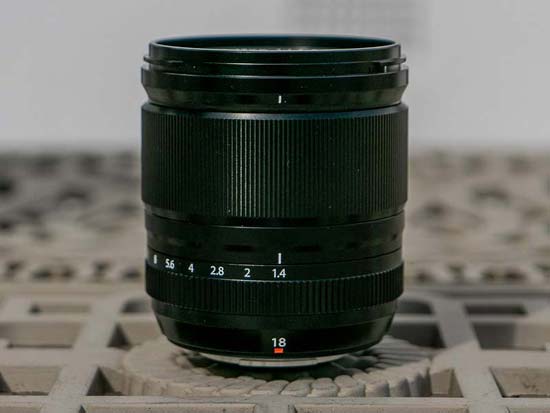
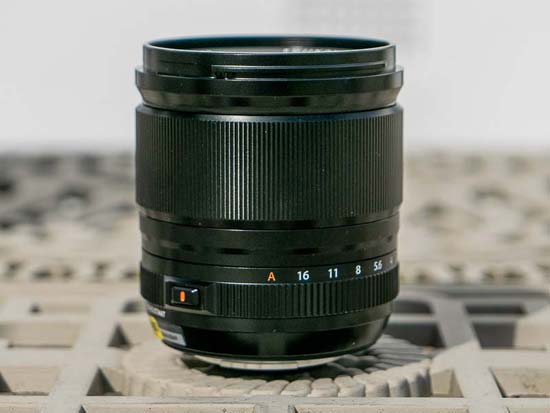
As with most Fuji lenses, the XF 18mm F1.4 R LM WR lens has a traditional aperture ring on the lens barrel, which allows you to set the aperture in 1/3 steps, complete with full aperture markings running from f/1.4 to f/16.
The aperture is also shown in the camera’s viewfinder or on the LCD screen as you turn the ring.
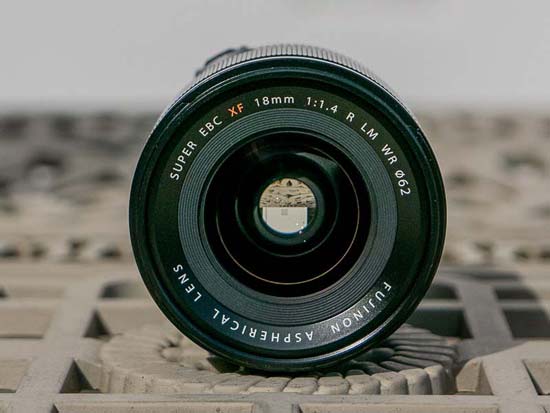
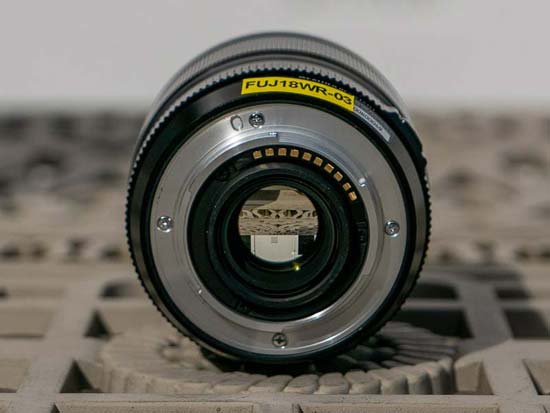
The aperture ring is nicely damped and makes a distinctive click as you change the setting, and it’s stiff enough to prevent it from being accidentally turned when stored in a camera bag.
It toggles between auto aperture control (the ring is set to A) or manual aperture control (the switch is set to one of the aperture values).
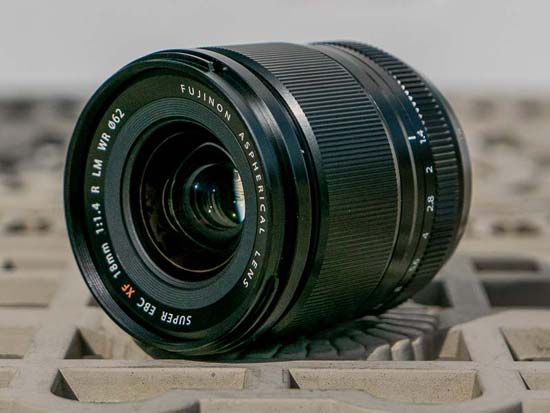
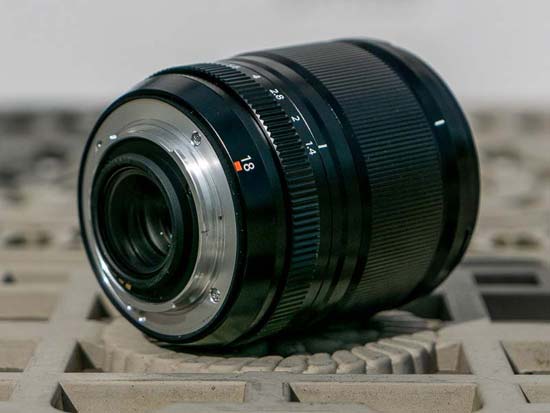
Fujifilm have also included an A (Auto) Position Lock button. When the aperture ring is set to the A position, it’s automatically locked into place until you hold down the A (Auto) Position Lock button and turn the ring to select one of the aperture values.
The focus ring is smooth in action without being loose, although it has no “hard stops” at either end of the focus range, making ti more difficult to focus on infinity.
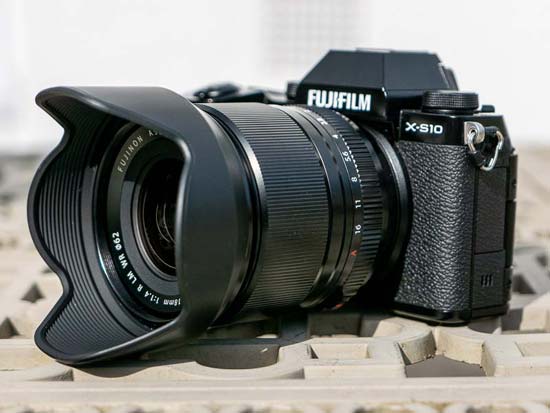
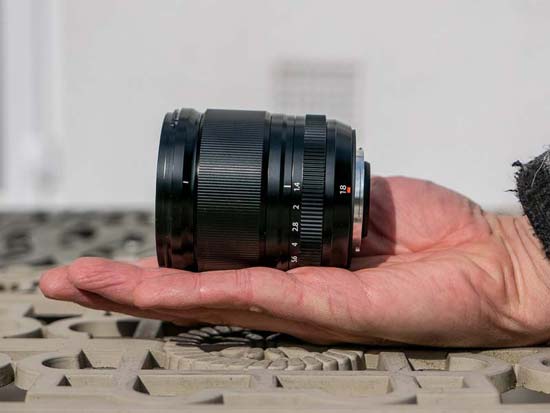
The Fujifilm XF 18mm F1.4 R LM WR lens has an internal focusing (IF) system that uses a linear motor, which results in fast, accurate, and virtually silent auto-focusing on the X-S10 camera that we tested it with.
You certainly won’t miss many shots when using the AF on this lens.
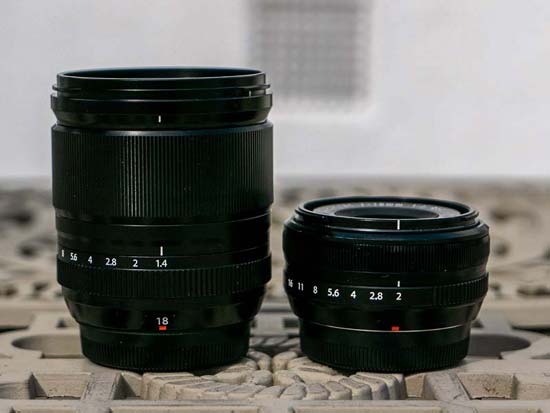
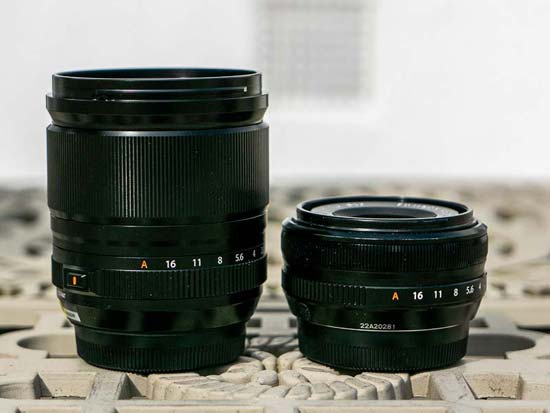

Thanks to the IF mechanism the front of the lens does not rotate on focus, which is very good news for anyone looking to use the lens in conjunction with a polariser or graduated neutral density filter.
The Fuji 18mm F1.4 has a smooth manual focusing ring that is focus-by-wire, rather than using a mechanical clutch-based focus ring, but that’s also true of every other Fuji X-series lens.
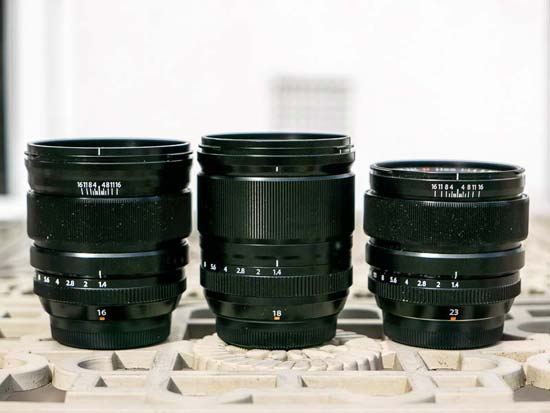
The focus ring on the 18mm F1.4 does at least have a nice feel as the components in the manual focusing ring assembly have been specially engineered to respond with more precision, especially when the focusing ring is moved slightly.
We’re not really sure why, but for some reason Fujifilm have decided not to include the manual focus collar/clutch that’s on the 16mm and 23mm F1.4 lenses (but not on the 35mm lens).
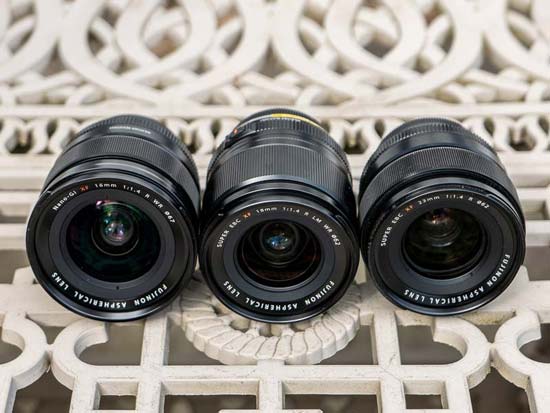
On those two F1.4 primes, when the focusing ring is pushed forward, the lens is locked into autofocus mode. When the focusing ring is pulled back, the focusing distance scale with depth-of-field markings is revealed and you can manually focus with the lens – very neat.
It would have been great to have seen this feature included on the new Fuji 18mm F1.4 – it’s a real shame that it’s missing.
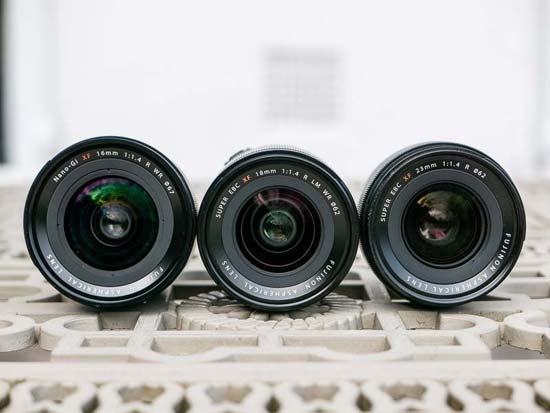
In terms of accessories, the Fujifilm XF 18mm F1.4 R LM WR ships with standard lens and mount caps plus a plastic petal-shaped lens hood.
There is no bag or case included with this lens.
Focal Range
The 18mm focal length provides an angle of view of 76.5 degrees.

Chromatic Aberrations
Chromatic aberrations, typically seen as purple or blue fringes along contrasty edges, are not really a problem with the Fujifilm XF 18mm F1.4 R LM WR lens, as shown in the example below.

Vignetting
With the lens set to its maximum aperture of f/1.4, there is some light fall-off in the corners, requiring you to stop down by at least 3 f-stops to completely prevent it.

Distortion
The Fujifilm XF 18mm F1.4 R LM WR doesn’t exhibit any barrel distortion, as you can see in the photo below.

Sunstars and Flare
The Fujifilm XF 18mm F1.4 R LM WR is capable of producing quite nice sunstars when stopped-down to f/16, as shown below, and flare is largely well controlled.
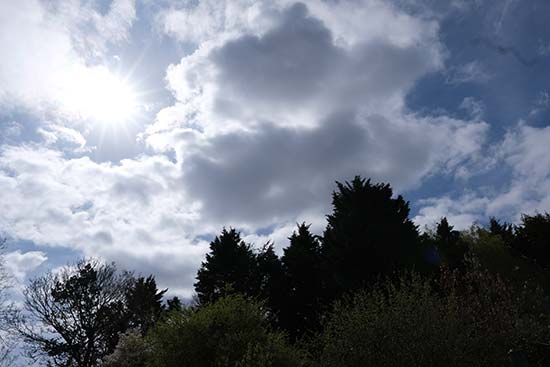
Macro
The Fujifilm XF 18mm F1.4 R LM WR is not a macro lens, with the close-focus point at 20cm from the sensor plane and a maximum magnification of 0.15x.



Bokeh
Bokeh is a word used for the out-of-focus areas of a photograph, and is usually described in qualitative terms, such as smooth / creamy / harsh etc.
Fujifilm have paid close attention to this aspect of lens use, employing a 9-segment diaphragm with rounded blades for some very pleasing bokeh.
In our view, their efforts have been largely successful for a wide-angle prime lens – see the examples below to judge for yourself


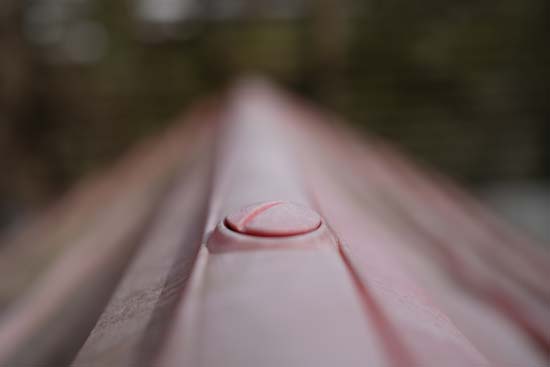



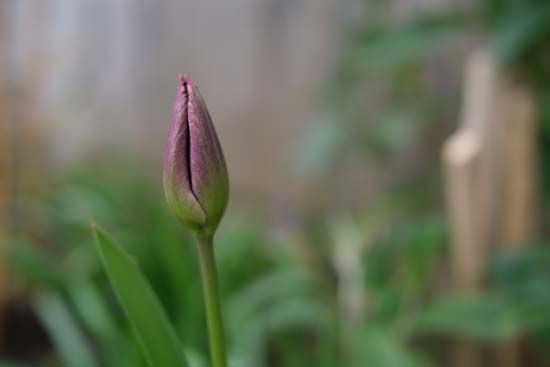
Sharpness
In order to show you how sharp the Fujifilm XF 18mm F1.4 R LM WR lens is, we are providing 100% crops on the following page.


